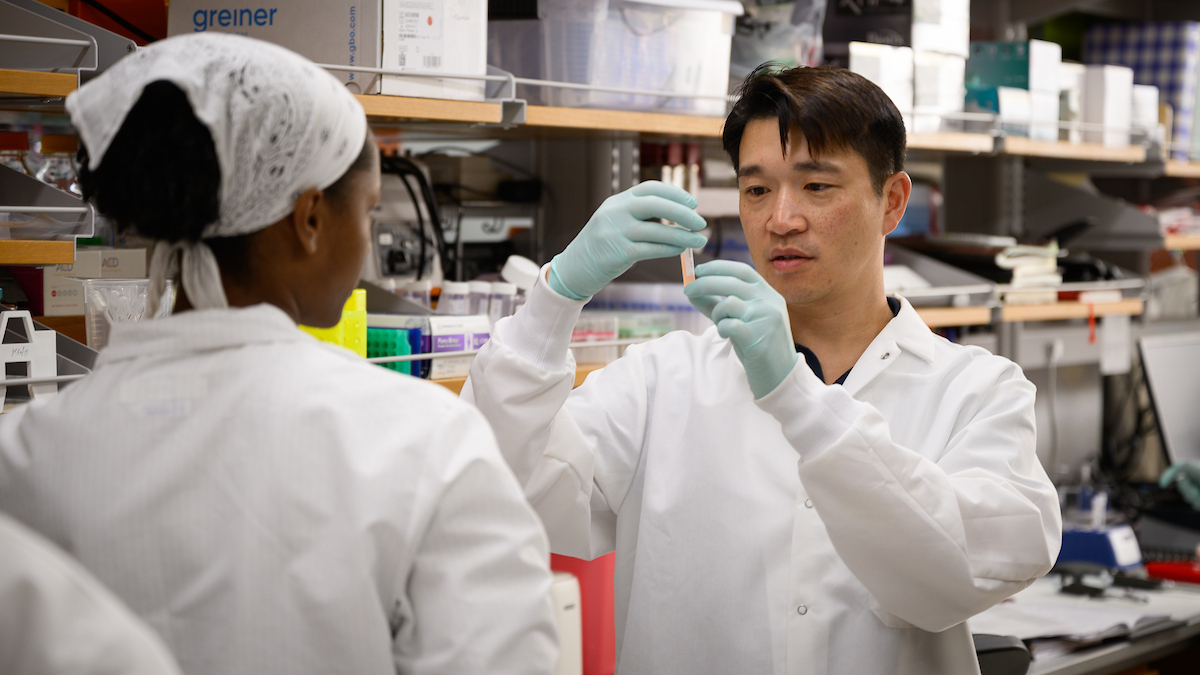CVM Named WHO Collaborating Center to Combat Antimicrobial Resistance

The World Health Organization (WHO) has designated NC State College of Veterinary Medicine’s Department of Population Health and Pathobiology as a collaborating center. The new center will aid the WHO in its efforts to combat foodborne antimicrobial resistance (AMR) worldwide.
Under the direction of department head Paula Cray, the collaborating center will take a holistic “one health” approach to identifying and combating emerging antibiotic-resistant bacteria in developing nations through enhanced surveillance of foodborne pathogens in animal populations.
“We are primarily concerned with strains of E. coli that produce extended-spectrum beta lactamase (ESBL) enzymes, which confer resistance against many of the antibiotics in use today, including penicillins and cephalosporins,” Cray says. “Our collaborating center will focus on assisting WHO to improve global surveillance networks, train developing nations in best practices for identifying AMR bacteria of concern, and integrating AMR data using new AI tools.”
One of the main projects the center will undertake is development of an artificial intelligence tool that could collect both historical and real-time AMR data in order to predict areas most at risk for emerging or increasing AMR bacteria. The center will also train WHO member state laboratories in developing nations to implement and build their capacity for identifying and predicting occurrences of these bacteria.
“We are pleased that our faculty have been recognized by the WHO as a leader in AMR,” Cray says, “and we are honored to lend our expertise to this project.”
“NC State has been a key and strategical collaborator in the last years, providing technical advice and support to WHO initiatives on integrated surveillance of AMR at the global level,” says Jorge Matheu, WHO technical liaison, AMR division. “This award is well-deserved.”
“I’m delighted to see our relationship with WHO expand; this represents recognition for the leading role the college is playing in many parts of the world in the critical fight to understand and limit the spread of antibiotic resistance,” says Paul Lunn, dean of the College of Veterinary Medicine. “This is one of the most important grand health challenges of the age, and solutions can only come through this kind of partnership.”
WHO collaborating centers are institutions – such as research institutes, parts of universities or academies – designated to carry out activities in support of the organization’s programs. Currently there are over 800 WHO collaborating centers in over 80 countries working on areas such as nursing, occupational health, communicable diseases, nutrition, mental health, chronic diseases and health technologies. The AMR Collaborating Center at NC State is one of 18 listed under the subject of antimicrobial resistance.
~ Tracey Peake/NC State News Services


